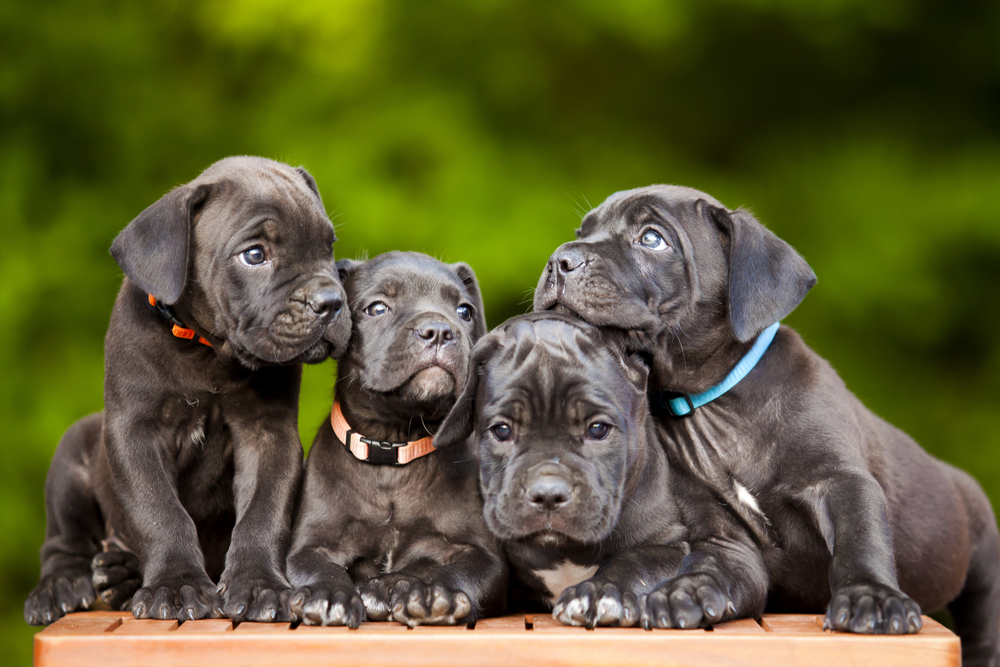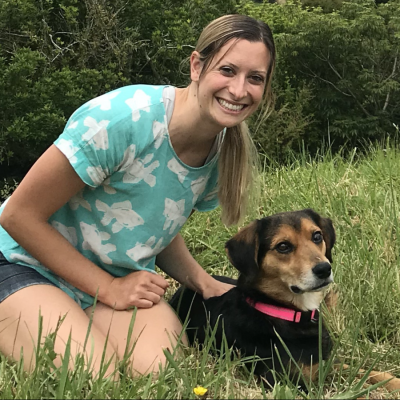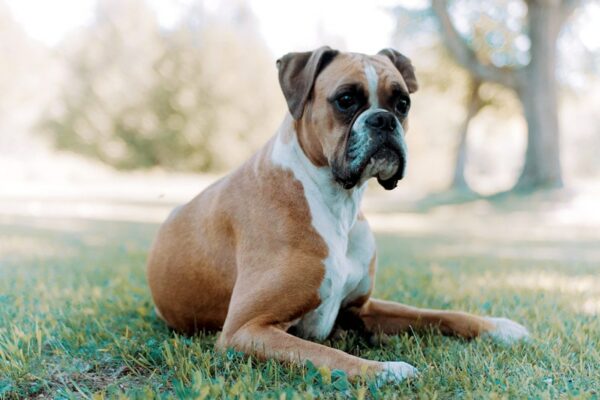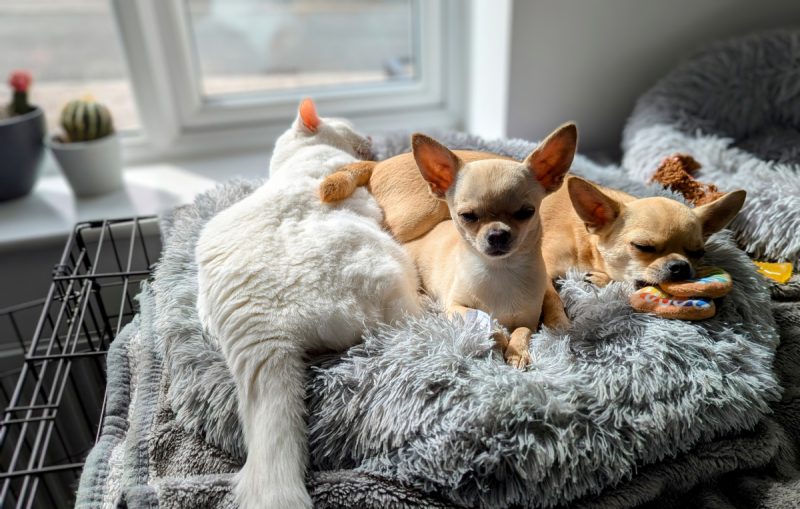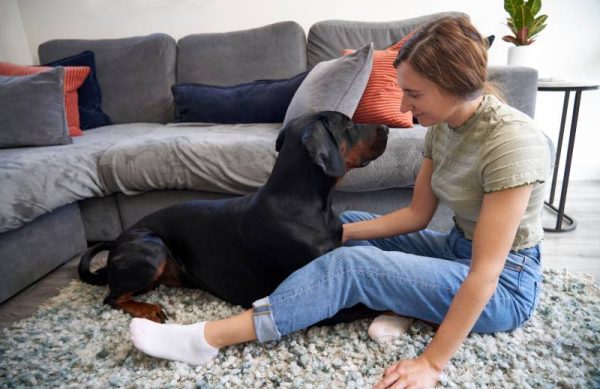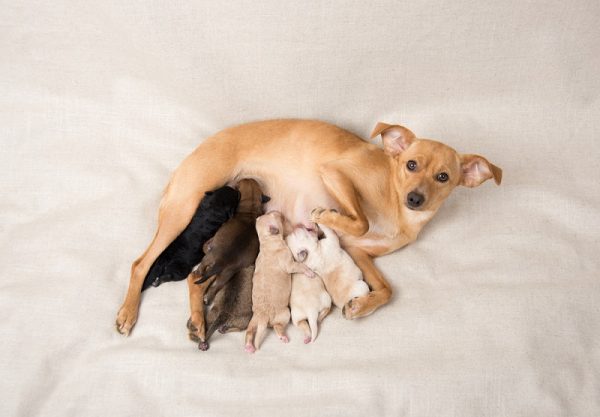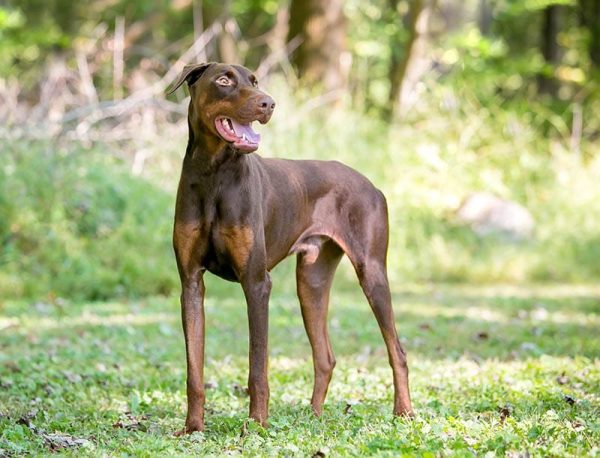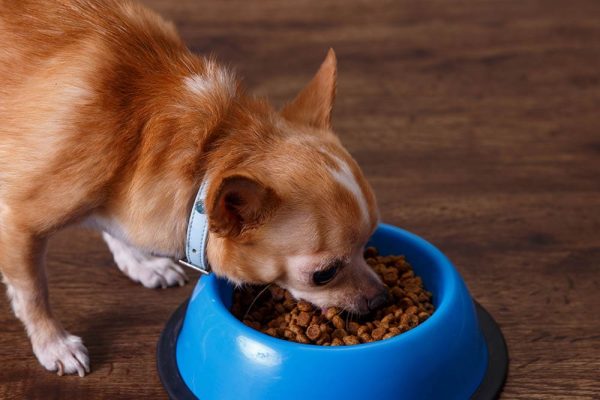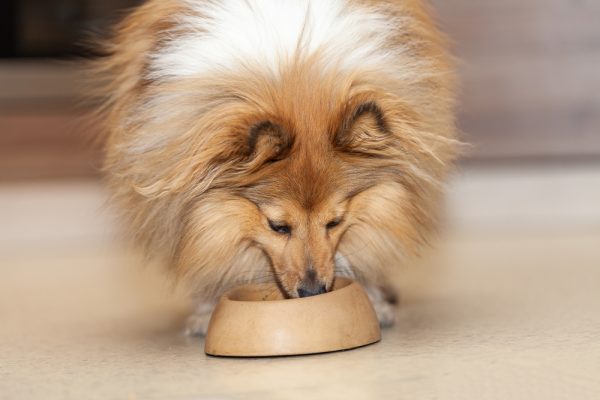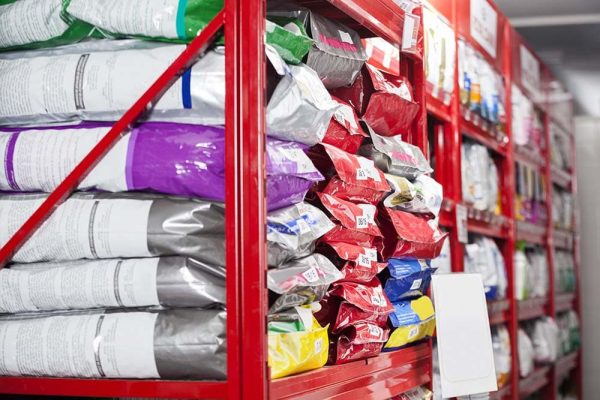In this article
It isn’t uncommon for the puppies in a single litter to be different sizes and have different markings. Sometimes, though, the puppies can appear so different that it is easy to imagine they are actually from different litters. One possible reason for such vastly different appearances in puppies is superfecundation.
This means that the puppies might have different fathers, which may give rise to very different-looking traits. While rare in domestic pet dogs, superfecundation can be common in unspayed stray females. They produce many eggs during their fertile period, and each egg could, in theory, be fertilized by a different male.

What Is Superfecundation?
Superfecundation is the insemination of different eggs by different sires during the same estrous cycle. It means that species that produce multiple eggs while in heat can produce a litter of young with different fathers. It is most common in animals that have larger litters, though it is still quite uncommon even in these species.
If the two sires were similar-looking dogs, it can be difficult to tell by sight alone. In these cases, the only way to be sure is through a DNA test. This will determine the parentage of the puppy on both sides or at least be able to determine if two puppies have different parents.
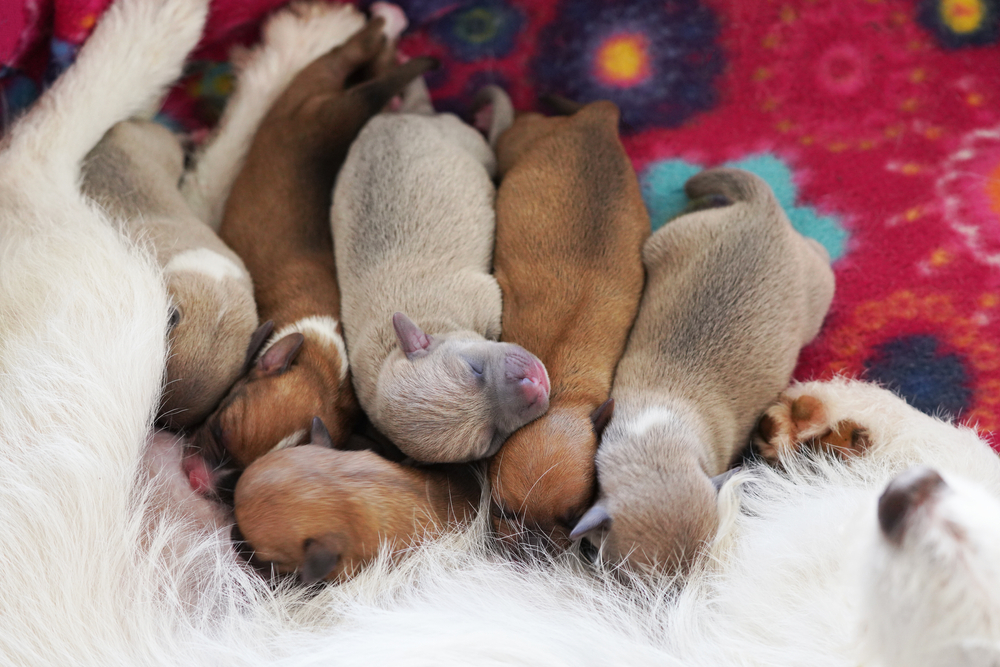
Can One Puppy Have Multiple Sires?
A single puppy cannot have multiple fathers. Only one sperm cell can fertilize any given egg. So, while a female may mate with more than one male, providing a mixture of sperm available to fertilize eggs, only one of those sperm will be victorious per egg. Therefore, only one male dog can be the father of a single puppy.
Is It Only Seen in Dogs?
Superfecundation can occur in any animal that produces multiple eggs and most often occurs in animals with large litters. Besides being seen in stray dogs, superfecundation is commonly seen in stray cats and those who are allowed the freedom to roam. Although extremely rare, it has also been proven to occur in humans.1
Is Superfecundation Dangerous or Harmful?
Superfecundation is not considered dangerous in itself. It can be potentially dangerous if the puppies are sired by fathers of very different sizes because this could lead to difficulties in the birth of the puppies.
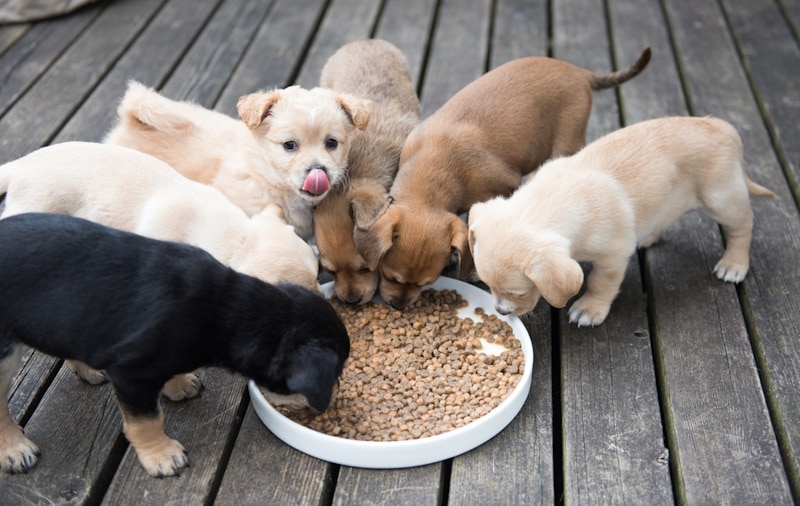
Is It Common?
The phenomenon is generally rare but is especially rare with domestic pet dogs that are kept at home. It is more common in stray dogs and those that can mix with several males.
How Different Can the Puppies Look?
Two puppies with different fathers can look very different, though it does depend on the appearance of the fathers. If the two males look similar, the differences may be difficult to spot. Essentially, though, the puppies can look as different as if they were from different litters produced by the same bitch. Coat length, type, and color, as well as dog size and even features, can vary from one puppy to the next.
Can It Be Prevented?
The only way to prevent superfecundation in the stray dog population is to ensure that all females are spayed. In pet dogs, it is possible to prevent the phenomena by only allowing the female to mate with one male per heat cycle. If the mother has mated with two males during one cycle, it is impossible to accurately prevent superfecundation.

Conclusion
A single litter of puppies can have multiple fathers. A female dog may mate with multiple males during her time in heat. This will produce a combination of sperm from different males that could all theoretically fertilize any eggs that are released.
Superfecundation is more common in dogs or cats that are free to roam while they’re in heat and less common in dogs that are kept at home. If you have any questions about whether a litter of puppies has the same father or not, the only way to truly tell is through a DNA test, though different fathers can result in very different-looking puppies.
Featured Image Credit: Sbolotova, Shutterstock
